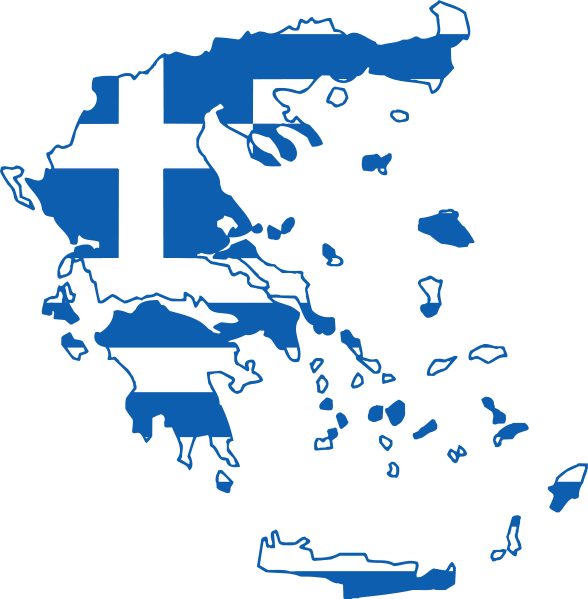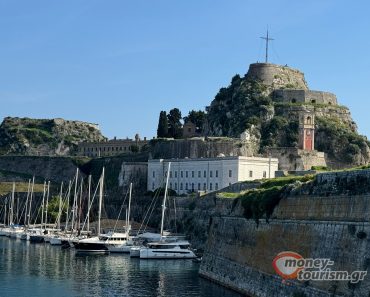Greece’s appeal to international travellers continues to outpace the European average for long-haul travel this autumn, according to the Long-Haul Barometer report published by the European Travel Commission.
From September to December, Greece accounts for 14 percent of preferences on average across all markets — up from 12 percent last year, confirming the steady upward momentum of Greek tourism.
The country ranks among the top choices for travellers from seven key long-haul markets — Australia, Brazil, Canada, China, Japan, South Korea, and the United States. This strong performance places the country eighth in preference among nearly 40 European destinations, including Turkey.
Leading Greece with higher shares are France (38 percent), Italy (32 percent), the United Kingdom (26 percent), Germany (25 percent), Spain (24 percent), Switzerland (18 percent), and Portugal (16 percent).
Despite the continued preference of travellers for classic European destinations, there has also been a noticeable increase in interest in Northern Europe. The Nordic countries are showing significant growth: Norway has risen from 9 percent in 2024 to 12 percent in 2025, Finland from 7 percent to 10 percent, and Iceland from 5 percent to 8 percent. This uptick is largely linked to the growing popularity of Northern Lights trips, which are attracting a rising number of long-haul visitors.
US and South Korea among emerging markets for Europe
Across all surveyed markets, 55 percent of respondents plan to travel overseas between September and December 2025 — a four-point drop compared with the same period last year.
Interest in visiting Europe remains steady, or even rising, among travellers from the United States (28 percent) and South Korea (33 percent). Brazilians also display one of the strongest appetites for European travel this autumn, with 46 percent planning a trip, the second-highest rate among all markets surveyed. This marks a slight two-point decline from 2024, when travel intentions stood at 48 percent.
In contrast, enthusiasm among Chinese travellers, historically Europe’s most eager long-haul market, has softened by 14 points, though their interest still exceeds that of other regions. Japanese travellers remain the most hesitant, despite showing modest recovery, with only 20 percent expressing intent to visit a European destination.
Rising costs continue to shape travel decisions
High travel costs remain the main barrier to overseas trips this autumn, cited by nearly half of respondents (49 percent) — a three-point increase from last year. The findings suggest that inflation and currency fluctuations continue to shape travel choices.
Brazilians feel the impact most (67 percent), while travellers from China are least affected (38 percent). Younger travellers are especially price-sensitive, with 61 percent of those aged 18–34 discouraged by high expenses.
Most European trips this autumn are planned to last between seven and fourteen nights. However, compared to last year, the share of medium-length stays has decreased, while shorter trips of up to a week are gaining popularity.
Leisure remains the leading motivation for European travel this autumn, with three in four respondents (75 percent) citing it as their primary reason. Visiting friends and relatives also plays a role, particularly among Canadians (17 percent) and, to a lesser extent, Australians and Americans (both 12 percent).
Although leisure travel has dipped slightly from last year (–3 percent), business travel is on the rise, increasing to 8 percent from 5 percent. Notably, nearly a quarter of business travellers (23 percent) tend to travel in groups.
Follow GTP Headlines on Google News to keep up to date with all the latest on tourism and travel in Greece.












